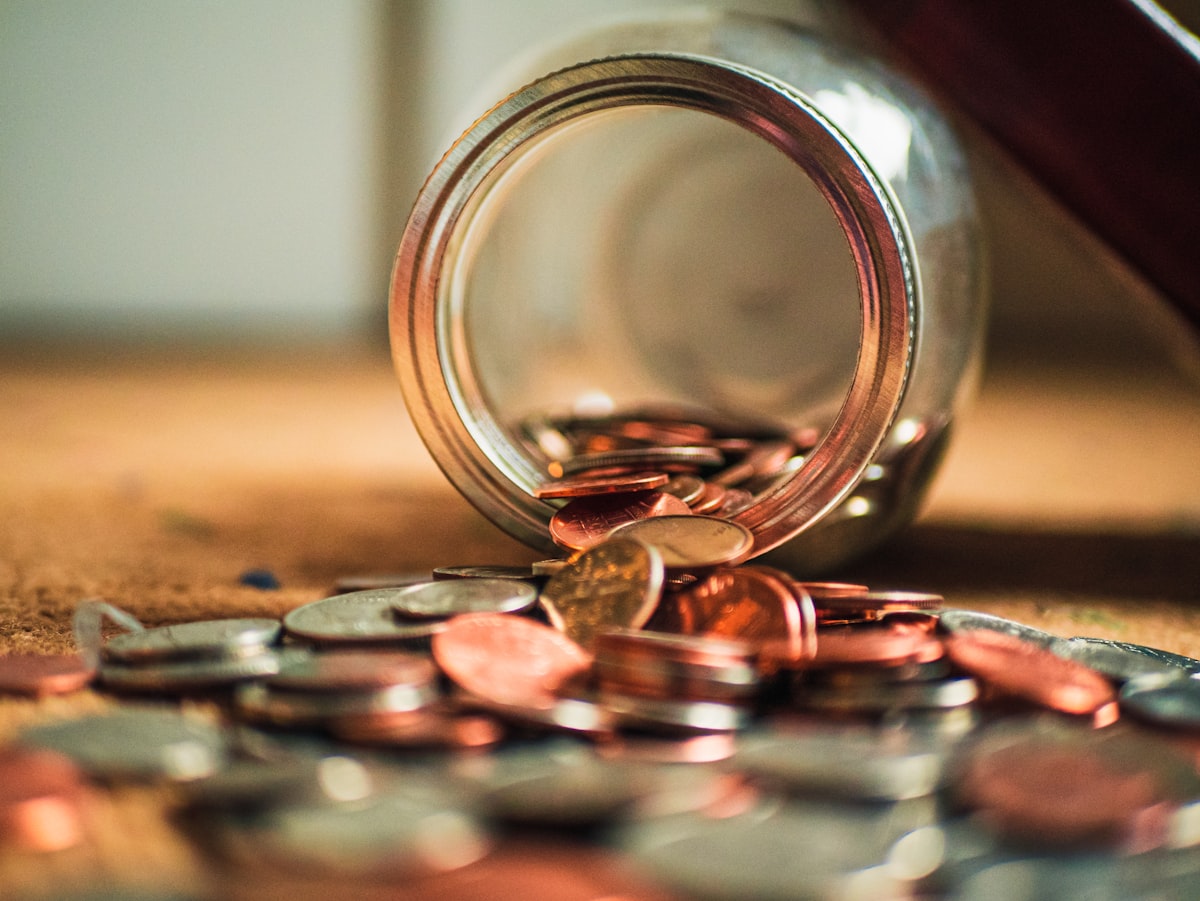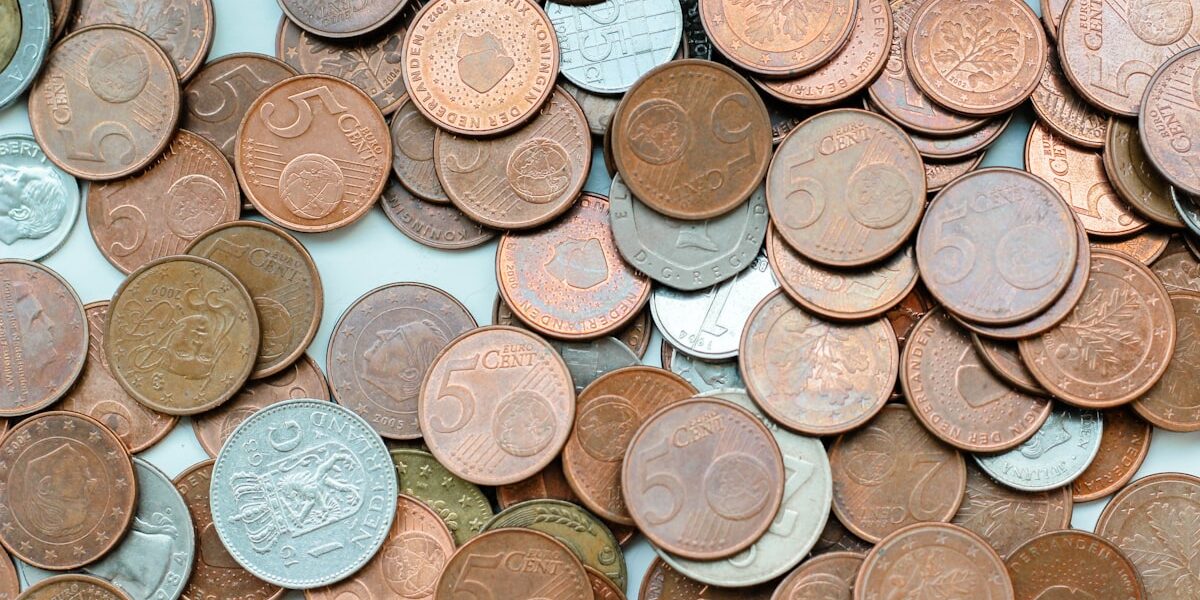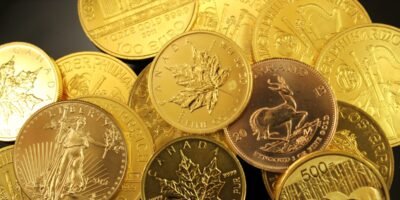Susan B. Anthony Coin
The Susan B. Anthony coin, often abbreviated as SBA, represents a significant piece of American history. Released by the United States Mint, it features the likeness of Susan B. Anthony, a key figure in the women’s suffrage movement. Here’s a comprehensive look at the coin’s background, design, circulation, and legacy.
Introduction to the Susan B. Anthony Coin

The Susan B. Anthony coin was introduced in 1979. It was the first U.S. coin to depict a historical female figure rather than an allegorical one. The move was a nod to the contributions of women in American history and society.
Historical Context
The decision to honor Susan B. Anthony on a coin stemmed from her vital role in the fight for women’s rights. Born in 1820, Anthony dedicated her life to social reform, particularly women’s suffrage, and played a pivotal role in securing the right to vote for women.
- Women’s Rights Movement: Anthony co-founded the National Woman Suffrage Association in 1869. She traveled, lectured, and canvassed across the nation in support of women’s right to vote.
- 19th Amendment: Although she did not live to see its passage, the 19th Amendment, which granted women the right to vote, is often referred to as the Susan B. Anthony Amendment.
Coin Design and Symbolism
Many features of the SBA coin were both practical and symbolic. The coin’s design was meant to honor Susan B. Anthony while also fitting within the U.S. coinage system.
- Obverse (Front): The obverse features a portrait of Susan B. Anthony, designed by Frank Gasparro. Anthony is shown in a serious, stern profile, reflecting her steadfast dedication to her causes.
- Reverse (Back): The reverse depicts an eagle landing on the moon, inspired by the Apollo 11 mission insignia. This design by Frank Gasparro symbolizes American achievement and exploration.
The coin’s size caused confusion as it closely resembled the quarter in diameter and edge. It led to its limited acceptance and eventual phasing out. The edge of the SBA is plain instead of reeded, which differentiates it from other coins like the quarter and half dollar.
Production and Circulation
The coin was produced for circulation during three different spans: 1979-1981, and a final run in 1999. It was initially minted to replace the Eisenhower dollar but faced issues due to its size and public acceptance.
Minting History
- 1979: The initial release saw significant production to meet anticipated demand. However, user confusion led to a decrease in popularity.
- 1980-1981: After the initial release, mintages were decreased due to lower public and commercial uptake.
- 1999: The coin made a brief return in 1999 due to the need for more dollar coins in the public sector, driven by vending machines and transit systems.
These coins were minted in Philadelphia, Denver, and San Francisco. Mint marks indicate the location (P, D, or S).
Collectibility
Aside from being a one-dollar coin, the SBA has become a collectible for numismatists. Its unique place in history and the relatively short span of mintage make it an interesting item for collectors.
- Proof Sets: More refined proof versions were made, particularly from the San Francisco mint, notable for their mirror-like finish.
- Miscuts and Errors: Coins with misprints or errors often fetch a higher price due to their rarity. Collectors covet such flaws as unique pieces within an already limited series.
Legacy and Impact
Despite initial issues, the Susan B. Anthony coin paved the way for future commemorative coins featuring women and other historically significant figures.
- Inspirational Precedent: The Sacagawea dollar, introduced in 2000, followed the SBA’s footsteps, featuring another prominent female figure in U.S history.
- Educational Tool: The coin serves as a reminder of Susan B. Anthony’s efforts and achievements. It also acts as an educational tool, teaching the public about the women’s rights movement.
Useful Tips for Collectors
If you’re interested in collecting Susan B. Anthony dollars, there are a few things to keep in mind.
- Identify key mints (Philadelphia, Denver, San Francisco) as marks of origin.
- Look for coins in good condition; proof coins are particularly desirable.
- Consider certified coins graded by notable institutions, which ensures authenticity.
The Susan B. Anthony coin marks an important milestone in the portrayal of women in U.S. currency. From its initial release to its role in educating the public, this coin stands as a testament to a pivotal figure in American history.



Subscribe for Updates
Get the latest articles delivered to your inbox.
We respect your privacy. Unsubscribe anytime.